Home>Home Appliances>Laundry Appliances>Which Is Better: Top Load Or Front Load Washing Machine
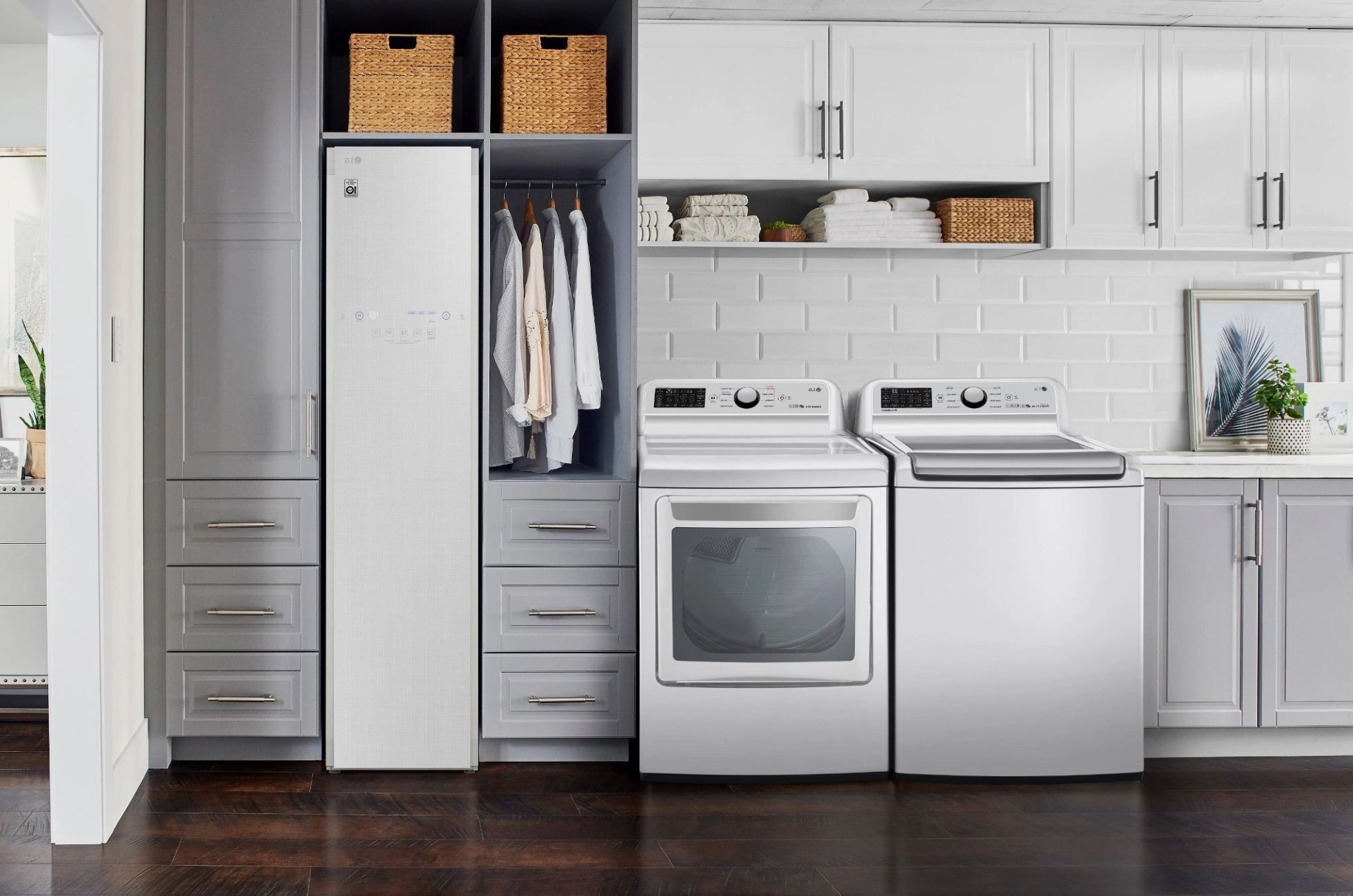

Laundry Appliances
Which Is Better: Top Load Or Front Load Washing Machine
Modified: August 17, 2024
Discover the pros and cons of top load and front load washing machines to make an informed decision for your laundry appliances. Explore the best choice for your home.
(Many of the links in this article redirect to a specific reviewed product. Your purchase of these products through affiliate links helps to generate commission for Storables.com, at no extra cost. Learn more)
Introduction
When it comes to choosing a washing machine, the decision between a top load and a front load model can be quite perplexing. Both types of machines have their own set of advantages and drawbacks, making it essential to weigh the pros and cons before making a purchase. Understanding the key differences between these two options is crucial for finding the best fit for your laundry needs.
In this comprehensive guide, we will delve into the various aspects of top load and front load washing machines, shedding light on their cost comparison, energy efficiency, cleaning performance, water usage, space and installation requirements, as well as maintenance and durability. By the end of this exploration, you will be equipped with the knowledge needed to make an informed decision when it comes to selecting the ideal washing machine for your home.
Let's embark on this journey to unravel the intricacies of top load and front load washing machines, empowering you to make a choice that aligns with your budget, space, and laundry preferences.
Key Takeaways:
- Front load washing machines are more energy-efficient and cost-effective in the long run due to their superior energy efficiency and reduced water consumption, making them a sustainable choice for eco-conscious households.
- Front load washing machines offer exceptional cleaning performance and minimal water usage, making them ideal for compact spaces and environmentally conscious consumers seeking superior fabric care and efficient resource utilization.
Cost Comparison
When it comes to purchasing a washing machine, cost is a significant factor that influences the decision-making process. In the realm of top load versus front load washing machines, the initial purchase price and long-term operating expenses play a pivotal role in determining which option is more cost-effective.
Initial Purchase Price
Top load washing machines are generally more budget-friendly in terms of upfront costs. These machines often come with a lower price tag compared to their front load counterparts, making them an attractive option for those looking to save on initial expenses. This affordability can be particularly appealing for individuals or families on a tight budget or those seeking a quick and economical laundry solution.
On the other hand, front load washing machines tend to be priced higher at the point of purchase. The advanced technology and innovative features integrated into front load models contribute to their relatively higher initial cost. However, it's important to consider that the initial investment in a front load machine may yield long-term savings through reduced water and energy consumption, ultimately impacting overall household expenses.
Operating Costs
While the initial purchase price is a crucial consideration, it's equally important to evaluate the long-term operating costs associated with each type of washing machine. Front load washing machines are renowned for their superior energy efficiency, consuming significantly less water and electricity per cycle compared to top load models. This efficiency translates to lower utility bills over time, making front load machines a cost-effective choice for environmentally conscious consumers and those aiming to reduce their household expenses in the long run.
In contrast, top load washing machines typically consume more water and energy per cycle, leading to higher operational costs over the machine's lifespan. Despite their lower upfront price, the ongoing expenses related to water and electricity usage may offset the initial savings, especially in regions where utility rates are relatively high.
In essence, while top load washing machines may offer an advantage in terms of initial affordability, front load models present a compelling case for long-term cost savings through their superior energy efficiency and reduced water consumption.
In the next sections, we will delve deeper into the energy efficiency, cleaning performance, water usage, space and installation requirements, as well as maintenance and durability of top load and front load washing machines, providing a comprehensive understanding of the key factors to consider when making this important household appliance decision.
Energy Efficiency
Energy efficiency is a critical factor to consider when choosing a washing machine, as it directly impacts both environmental sustainability and household expenses. In the realm of top load versus front load washing machines, the energy efficiency of each type plays a significant role in determining the overall cost-effectiveness and environmental impact of the appliance.
Front load washing machines are widely recognized for their superior energy efficiency compared to top load models. This efficiency stems from the horizontal axis design of front load machines, which allows them to use less water and energy per cycle. The tumbling action of the drum in front load washers requires less water to submerge and clean the laundry, resulting in reduced water consumption. Additionally, the spinning motion of the drum extracts more water from the clothes during the final spin cycle, leading to shorter drying times and lower energy usage when using a dryer.
In contrast, top load washing machines typically consume more water and energy per cycle due to their vertical axis design and agitator mechanism. The agitator, a central pillar in the wash drum, requires a larger volume of water to effectively clean the laundry. This results in higher water consumption compared to front load machines. Additionally, the traditional top load design may necessitate longer drying times, leading to increased energy usage when utilizing a dryer.
The energy efficiency of front load washing machines is further enhanced by their ability to accommodate larger loads while maintaining optimal performance. This means that fewer wash cycles are required to launder the same amount of laundry, resulting in additional energy savings over time.
Moreover, front load washing machines are often equipped with advanced features such as variable spin speeds and temperature settings, allowing users to customize the wash cycle according to the specific laundry requirements. This level of control contributes to energy efficiency by enabling users to select the most suitable settings for different types of fabrics and soil levels, thereby minimizing energy and water usage without compromising cleaning performance.
In summary, front load washing machines outshine their top load counterparts in terms of energy efficiency, offering substantial long-term savings on utility bills and reducing the environmental footprint of household laundry activities. When considering the energy efficiency of washing machines, front load models emerge as the clear choice for those seeking to minimize energy and water consumption while enjoying superior cleaning performance.
Read more: Which Brand Of Top Load Washer Is Best?
Cleaning Performance
The cleaning performance of a washing machine is a pivotal aspect that directly impacts the quality of laundry outcomes. When comparing top load and front load washing machines, it's essential to delve into their respective cleaning capabilities to make an informed decision.
Front load washing machines are renowned for their exceptional cleaning performance, attributed to their innovative design and advanced washing technology. The horizontal axis drum allows the laundry to be lifted and dropped repeatedly, facilitating thorough and gentle cleaning. This tumbling action effectively removes dirt, stains, and grime from the fabric, resulting in impeccably clean clothes with minimal wear and tear. Furthermore, front load machines typically offer a variety of wash cycles and customizable settings, enabling users to tailor the cleaning process to suit different fabric types and soil levels. This versatility ensures that delicate garments receive gentle treatment, while heavily soiled items undergo a robust cleaning process, all contributing to superior cleaning performance.
On the other hand, top load washing machines, with their vertical axis design and agitator mechanism, deliver a different approach to cleaning. The agitator's vigorous movement within the wash drum agitates the laundry, aiming to dislodge dirt and stains. While this mechanism can effectively clean most fabrics, it may pose a risk of tangling or stretching delicate items. Additionally, the agitator's action may be less gentle on clothes compared to the tumbling motion of front load machines. However, modern top load models often feature advanced wash technologies, such as impeller systems or pulsator wash plates, which provide a gentler yet efficient cleaning process, addressing some of the traditional concerns associated with top load washers.
When evaluating the cleaning performance of washing machines, it's crucial to consider factors such as stain removal, fabric care, and overall cleaning efficacy. Front load washing machines excel in delivering thorough and gentle cleaning, making them an ideal choice for households seeking superior cleaning performance and fabric care. However, with advancements in top load washing machine technology, modern models are increasingly capable of delivering impressive cleaning results while offering the convenience of top-loading access.
In essence, the cleaning performance of washing machines is a pivotal consideration, and both top load and front load models have their unique strengths in delivering clean and fresh laundry. Understanding the specific cleaning needs and preferences can guide consumers in selecting the most suitable washing machine for their household.
Water Usage
Water usage is a crucial aspect to consider when evaluating the efficiency and environmental impact of washing machines. In the context of top load versus front load washing machines, the amount of water consumed during each laundry cycle plays a significant role in determining the overall sustainability and cost-effectiveness of the appliance.
Front load washing machines are renowned for their minimal water consumption compared to top load models. The horizontal axis design of front load machines allows them to use significantly less water per cycle. The tumbling action of the drum efficiently submerges the laundry, facilitating thorough cleaning with a reduced water requirement. This not only contributes to lower water bills but also aligns with sustainable water conservation practices, making front load washers an environmentally responsible choice.
In contrast, top load washing machines typically consume more water per cycle due to their vertical axis design and agitator mechanism. The agitator, a central pillar in the wash drum, necessitates a larger volume of water to ensure proper submersion and cleaning of the laundry. This higher water consumption can contribute to increased household water usage and may impact water conservation efforts, especially in regions facing water scarcity or high water costs.
The water efficiency of front load washing machines is further enhanced by their ability to accommodate larger loads while maintaining optimal performance. This means that fewer wash cycles are required to launder the same amount of laundry, resulting in additional water savings over time. Additionally, the advanced technology integrated into front load models allows for precise control over water levels, ensuring that the appropriate amount of water is used for each specific load size, further optimizing water usage.
Moreover, front load washing machines often offer additional features such as quick wash cycles and eco-friendly settings, allowing users to minimize water usage without compromising cleaning performance. These options empower consumers to make conscious choices regarding water conservation while still achieving excellent laundry results.
In summary, front load washing machines stand out for their exceptional water efficiency, consuming minimal water per cycle and offering advanced features that promote sustainable water usage. When considering the environmental impact and cost-effectiveness of washing machines, front load models emerge as the preferred option for those seeking to minimize water consumption while maintaining superior cleaning performance and fabric care.
When choosing between a top load and front load washing machine, consider the amount of space you have, the size of your laundry loads, and energy efficiency. Front load machines are generally more energy efficient and can handle larger loads, while top load machines are more convenient for adding items mid-cycle.
Space and Installation
The space and installation requirements of washing machines are crucial considerations for homeowners, as they directly impact the functionality and aesthetics of the laundry area. When comparing top load and front load washing machines in terms of space and installation, several key factors come into play.
Front load washing machines are known for their space-saving design, making them an ideal choice for compact laundry rooms or areas with limited space. Their stackable nature allows for vertical installation, enabling users to optimize the available space by placing a dryer on top of the washer or integrating the units within a closet or alcove. This vertical configuration is particularly advantageous for condominiums, apartments, or smaller homes where maximizing space is essential.
In contrast, top load washing machines typically require more floor space due to their traditional design, which includes a hinged lid that opens upward. This top-loading access necessitates ample clearance above the machine to accommodate the opening and closing of the lid, making it important to consider the available overhead space when planning the installation. Additionally, the dimensions of top load washers may impact the overall layout of the laundry area, especially in compact or narrow spaces.
When it comes to installation, front load washing machines offer flexibility in placement, allowing for side-by-side or stacked configurations based on the available space and user preferences. The ability to stack a front load washer and dryer not only saves space but also creates a streamlined and organized laundry setup, enhancing the overall aesthetic appeal of the area.
Furthermore, front load washing machines are often equipped with reversible doors, providing additional installation versatility by allowing users to customize the door swing direction to suit the layout of the laundry space. This feature enables seamless integration of the washer into various room configurations, ensuring convenient access and efficient use of the available space.
In terms of installation complexity, both top load and front load washing machines require standard connections for water supply, drainage, and electrical power. However, the accessibility and ease of installation may vary based on the specific model and the layout of the laundry area. It's important to consider factors such as door clearance, ventilation requirements, and proximity to utility connections when planning the installation of a washing machine.
In summary, the space and installation considerations for washing machines play a significant role in determining the suitability of a particular model for a given laundry space. Front load washing machines offer space-saving design options and installation flexibility, making them an excellent choice for optimizing space and creating a functional, organized laundry area. Understanding the space and installation requirements is essential for homeowners seeking to seamlessly integrate a washing machine into their living space while maximizing efficiency and convenience.
Maintenance and Durability
Maintenance and durability are pivotal considerations when evaluating the long-term performance and reliability of washing machines. Both top load and front load models require regular maintenance to ensure optimal functionality and extend their lifespan.
Front load washing machines are renowned for their durability, often featuring robust construction and advanced engineering that contributes to their longevity. The horizontal axis design of front load washers minimizes wear and tear on the internal components, resulting in reduced mechanical stress during the wash cycle. This design characteristic, coupled with the absence of an agitator, contributes to gentler treatment of the laundry and reduces the likelihood of fabric damage over time. Additionally, front load machines are often equipped with high-quality bearings and seals, enhancing their durability and minimizing the risk of leaks or malfunctions.
In terms of maintenance, front load washing machines typically require attention to specific areas such as the door seal, detergent dispenser, and drainage system. Regular cleaning and inspection of the door seal to prevent mold and mildew buildup is essential for maintaining optimal performance and hygiene. Similarly, keeping the detergent dispenser and drainage system free from residue and debris is crucial for preventing clogs and ensuring efficient operation. By adhering to a routine maintenance schedule and following the manufacturer's guidelines, users can prolong the lifespan of their front load washing machine while minimizing the risk of potential issues.
Top load washing machines, while also designed for durability, may require different maintenance considerations compared to front load models. The agitator mechanism in traditional top load washers necessitates periodic inspection and cleaning to prevent the accumulation of lint, debris, or mineral deposits. Additionally, attention to the lid seal and hinge, as well as the agitator assembly, is essential for ensuring smooth operation and preventing potential leaks or malfunctions.
Regular maintenance practices such as balancing the load, using the appropriate detergent and water temperature, and avoiding overloading the machine contribute to the longevity of both top load and front load washing machines. Furthermore, following the manufacturer's recommendations for preventive maintenance and addressing any issues promptly can help maximize the lifespan and performance of the appliance.
In essence, both top load and front load washing machines are designed to offer durability and reliability with proper maintenance. By understanding the specific maintenance requirements of each type of washing machine and adhering to a proactive maintenance regimen, users can ensure the longevity and optimal performance of their appliance, ultimately maximizing the value of their investment.
Read more: How To Load Top Load Washer Without Agitator
Conclusion
In conclusion, the choice between a top load and a front load washing machine hinges on a multitude of factors, each carrying its own weight in the decision-making process. From cost considerations to energy efficiency, cleaning performance, water usage, space and installation requirements, as well as maintenance and durability, the comparison between these two types of washing machines reveals a nuanced landscape of advantages and trade-offs.
When it comes to cost, top load washing machines present an initial affordability advantage, making them an attractive option for budget-conscious consumers. However, the long-term operating costs and energy efficiency of front load models position them as a compelling choice for those seeking sustainable and cost-effective laundry solutions.
Front load washing machines shine in the realm of energy efficiency, consuming significantly less water and electricity per cycle compared to their top load counterparts. This superior energy efficiency not only translates to lower utility bills but also aligns with environmental conservation efforts, making front load models an appealing choice for eco-conscious individuals and families.
In terms of cleaning performance, front load washing machines offer exceptional results, leveraging their innovative design and advanced washing technology to deliver thorough and gentle cleaning. While top load models have made strides in enhancing their cleaning capabilities, front load machines remain the preferred choice for those prioritizing superior cleaning performance and fabric care.
Water usage is another critical consideration, with front load washing machines standing out for their minimal water consumption and advanced features that promote sustainable water usage. This aligns with the growing emphasis on water conservation and efficient resource utilization in household activities.
The space-saving design and installation flexibility of front load washing machines make them an ideal choice for optimizing laundry areas, especially in compact living spaces where efficient use of space is paramount.
When it comes to maintenance and durability, both top load and front load washing machines require regular care and attention to ensure optimal performance and longevity. By adhering to manufacturer guidelines and implementing proactive maintenance practices, users can maximize the lifespan and reliability of their chosen washing machine.
In essence, the decision between a top load and a front load washing machine is multifaceted, encompassing a spectrum of considerations that span from financial implications to environmental impact, cleaning performance, and practicality in the home. By weighing these factors against individual preferences and household needs, consumers can make an informed choice that aligns with their priorities and values, ultimately enhancing their laundry experience and contributing to a sustainable lifestyle.
Frequently Asked Questions about Which Is Better: Top Load Or Front Load Washing Machine
Was this page helpful?
At Storables.com, we guarantee accurate and reliable information. Our content, validated by Expert Board Contributors, is crafted following stringent Editorial Policies. We're committed to providing you with well-researched, expert-backed insights for all your informational needs.
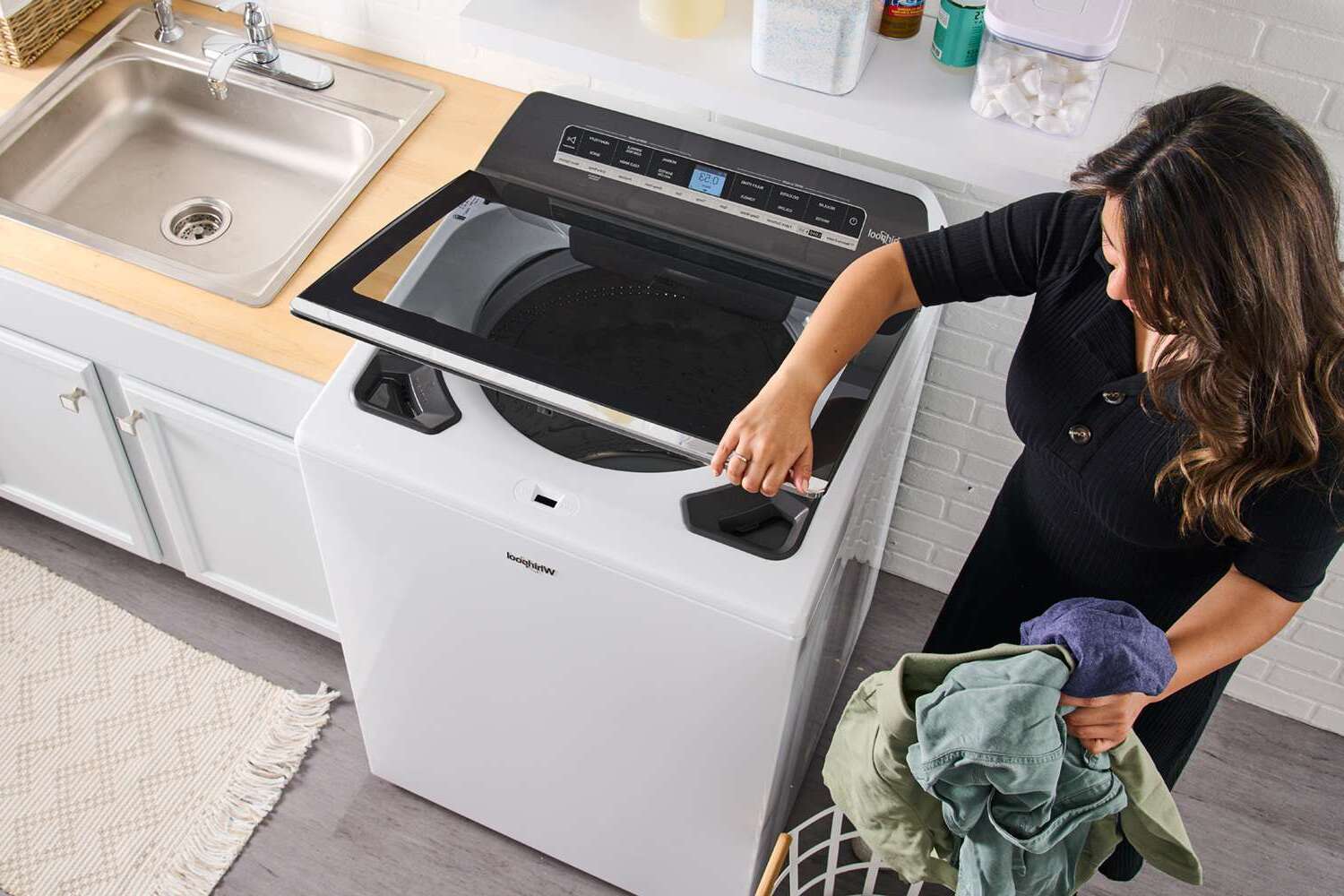
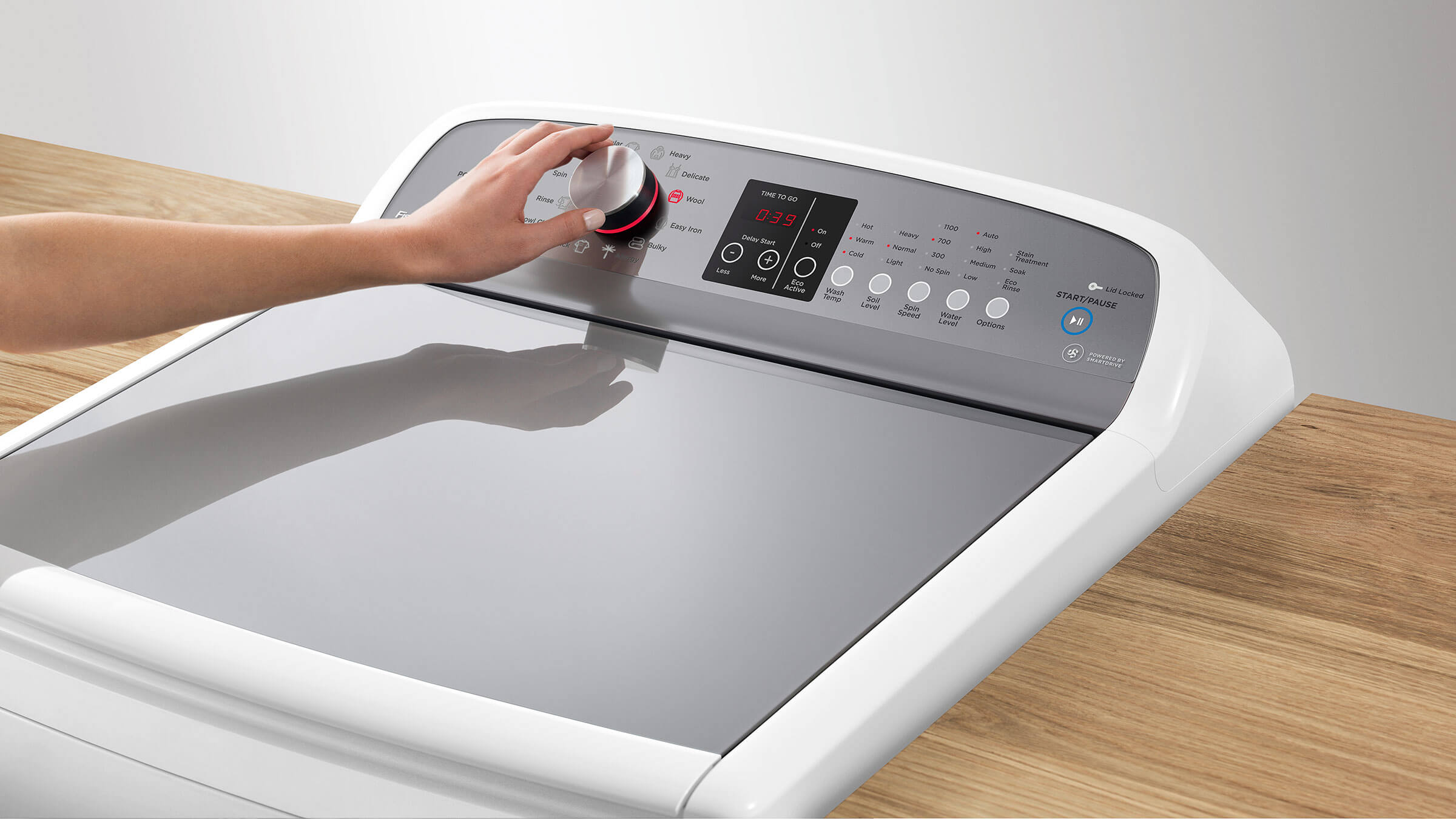
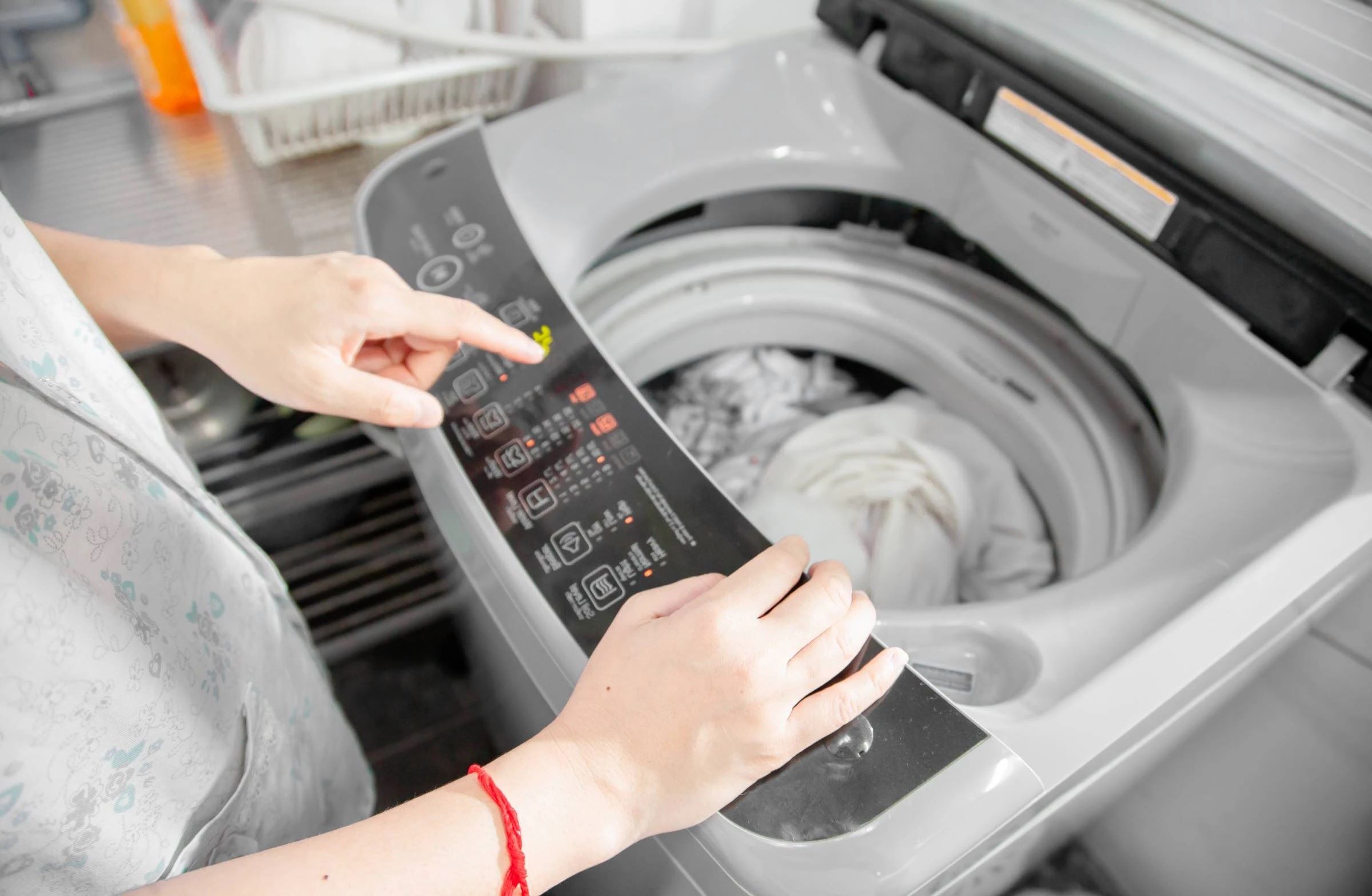
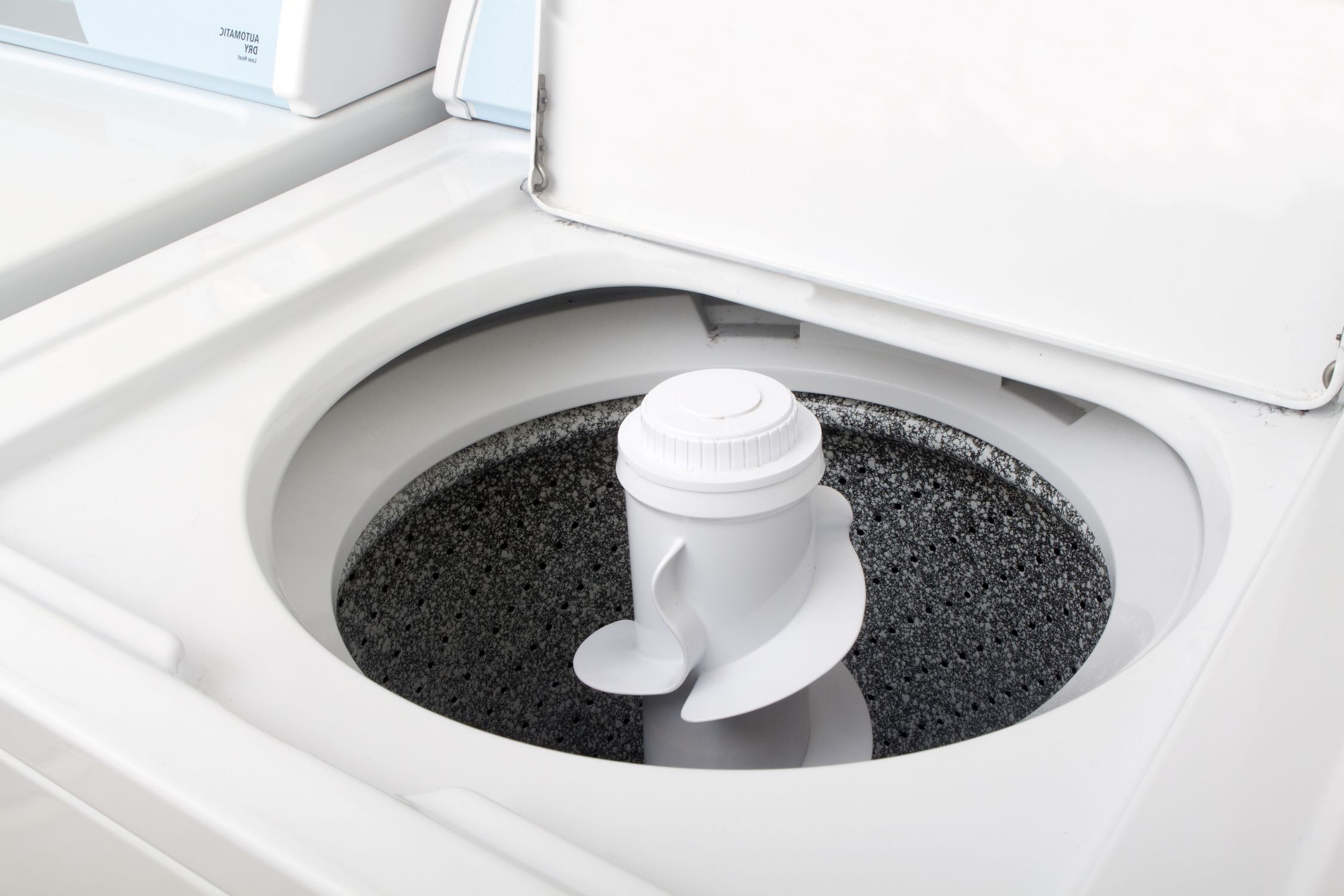
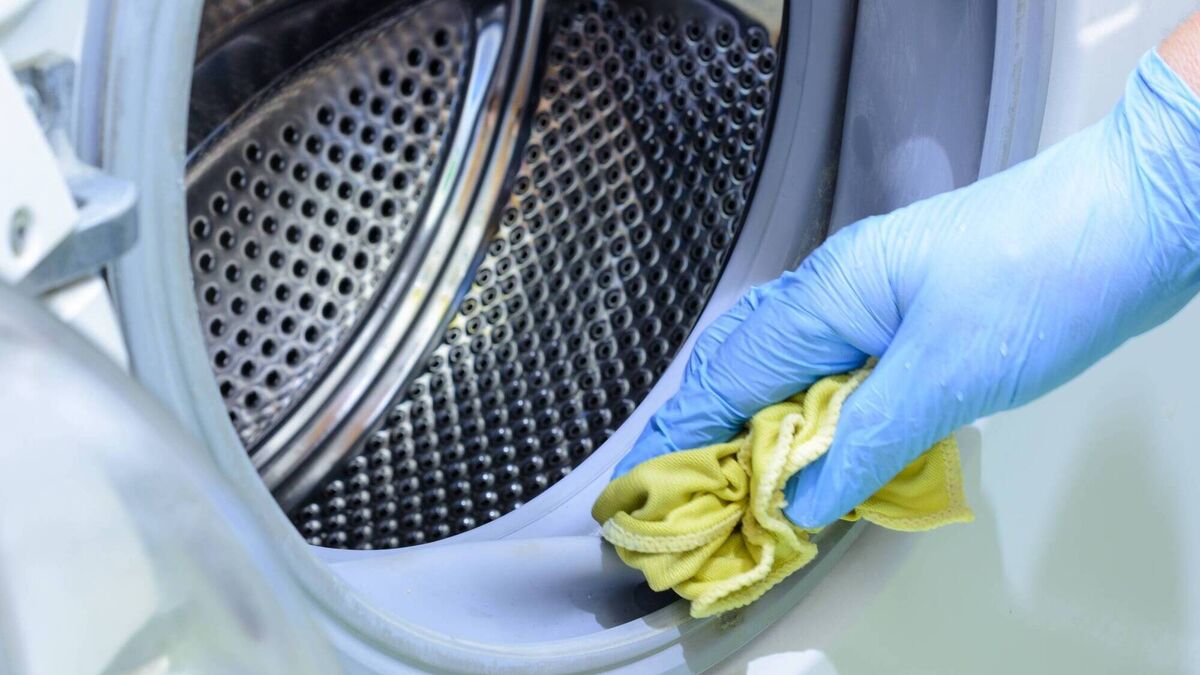
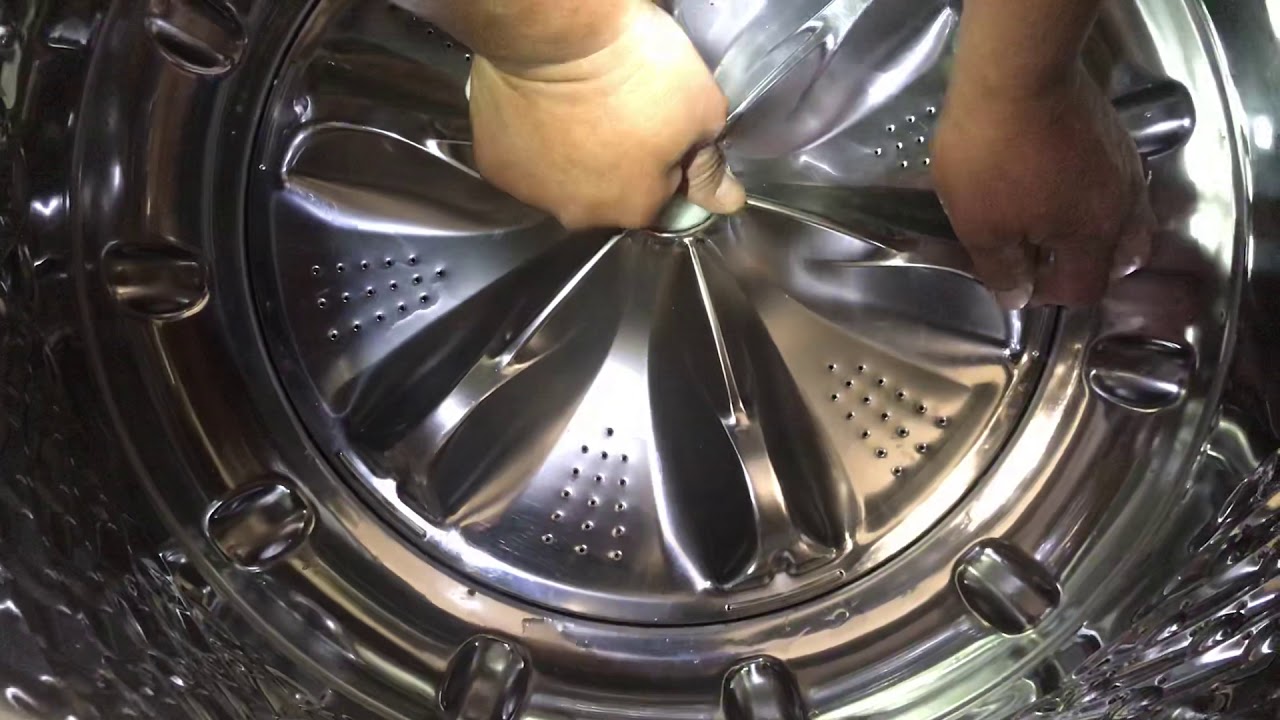
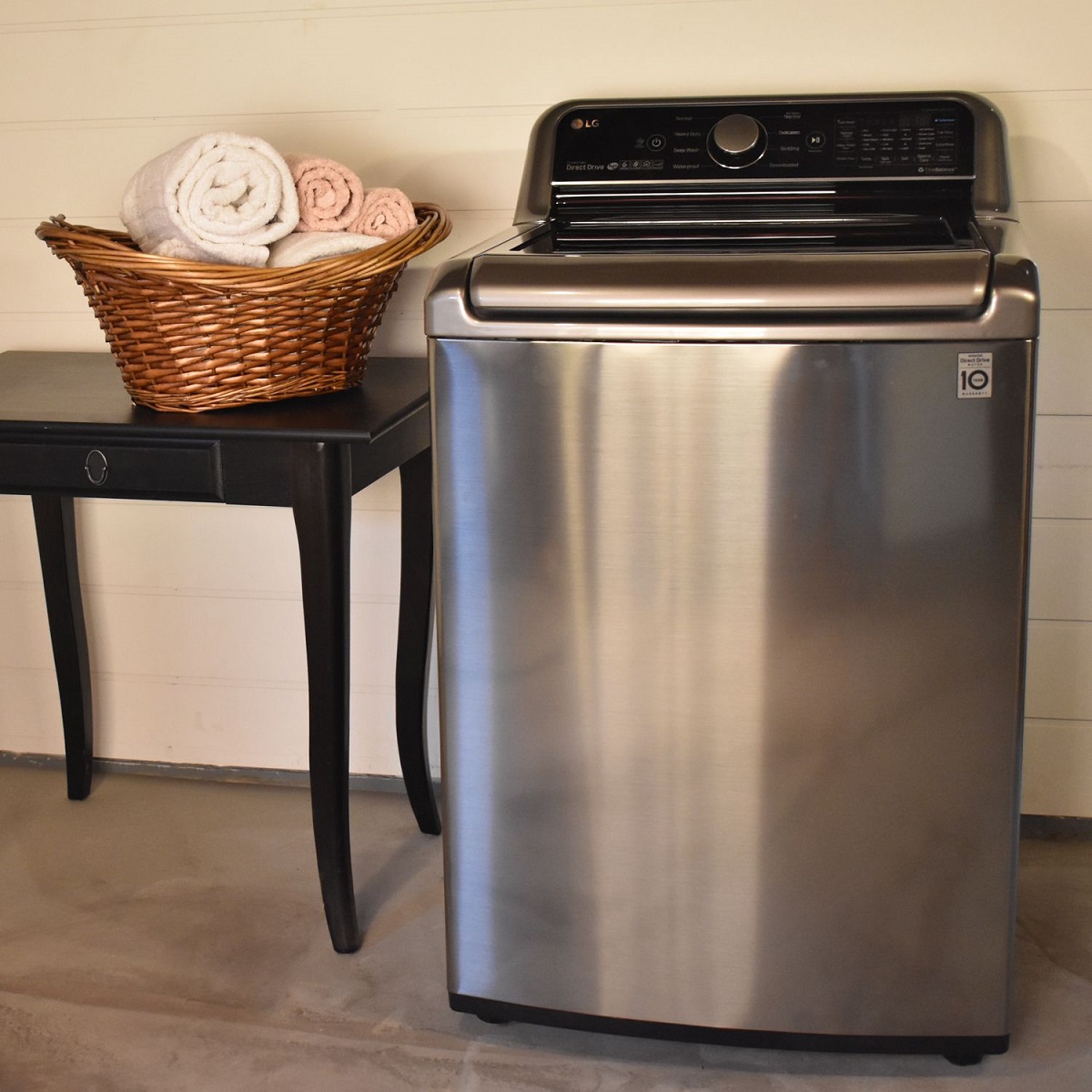

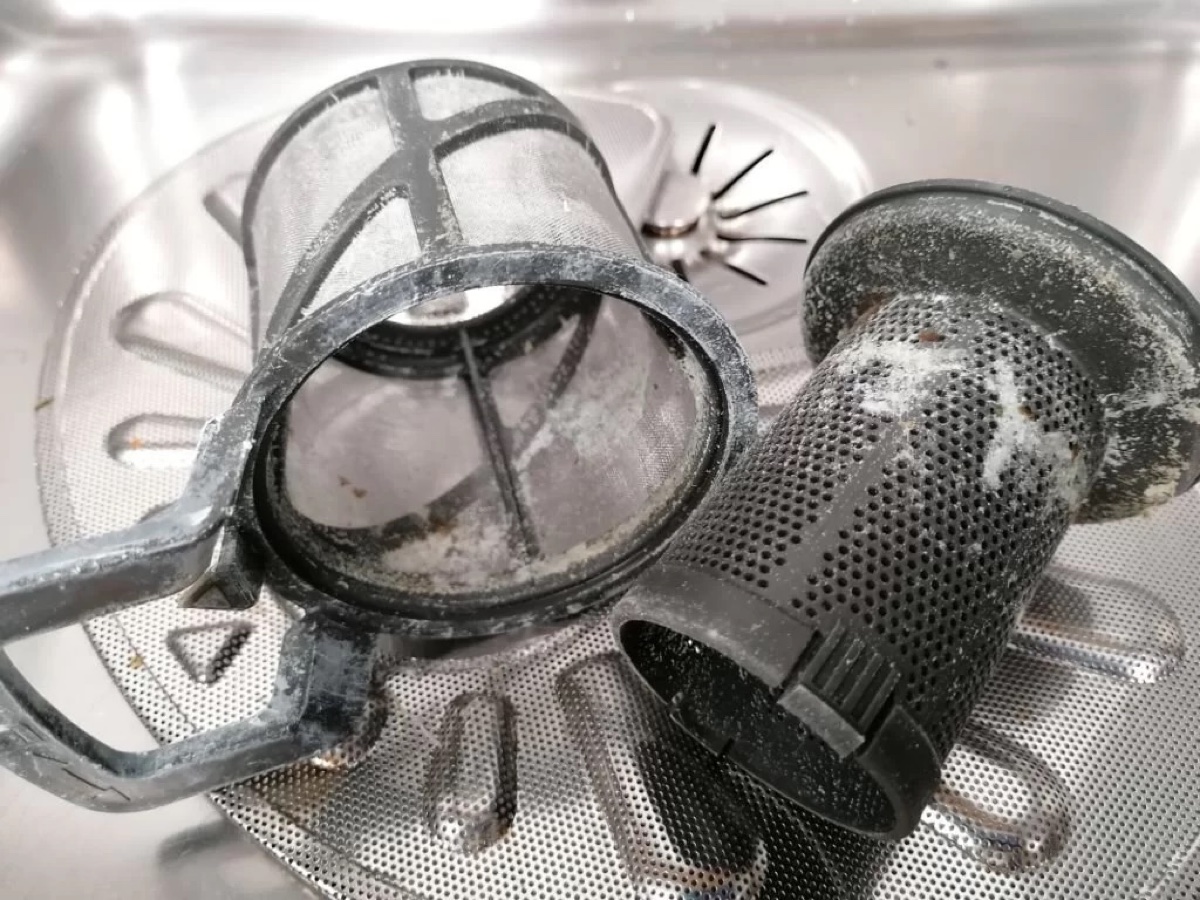
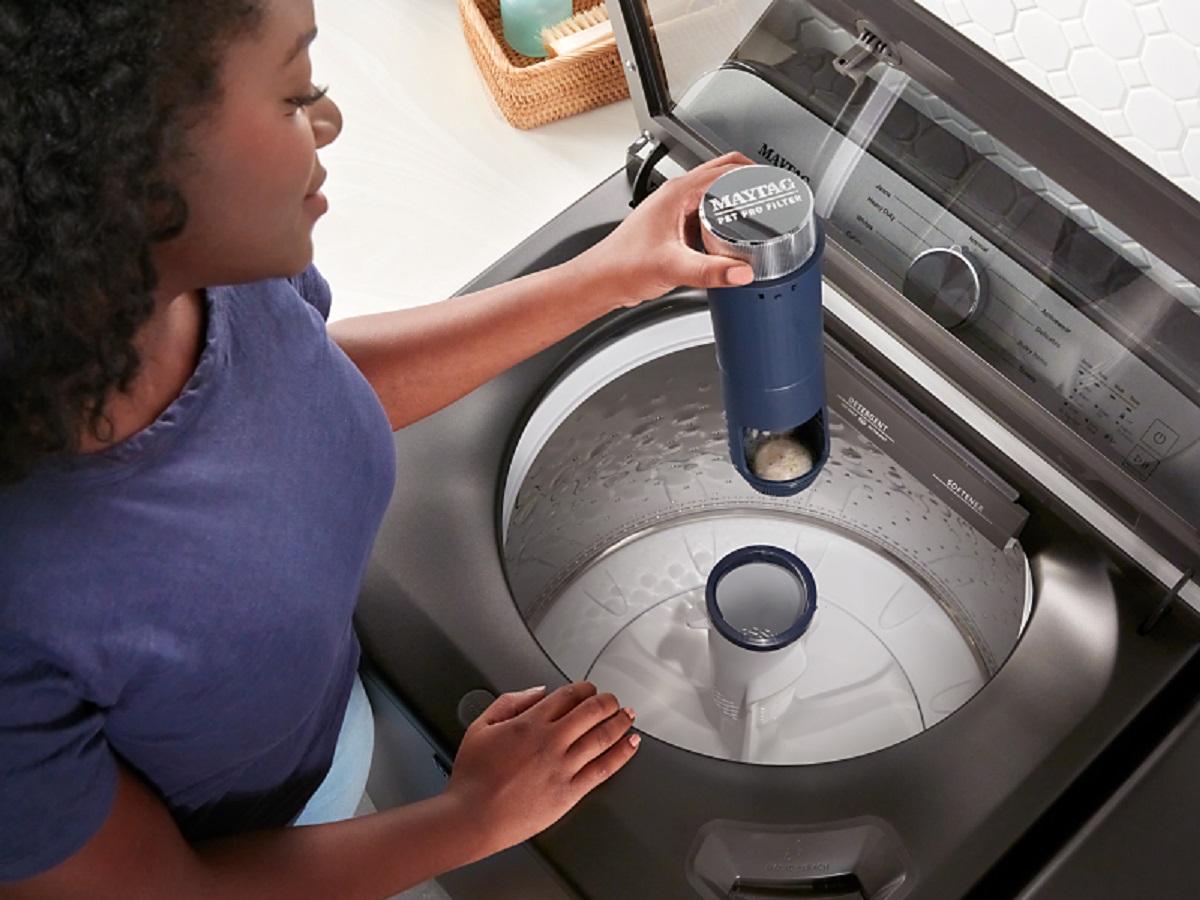
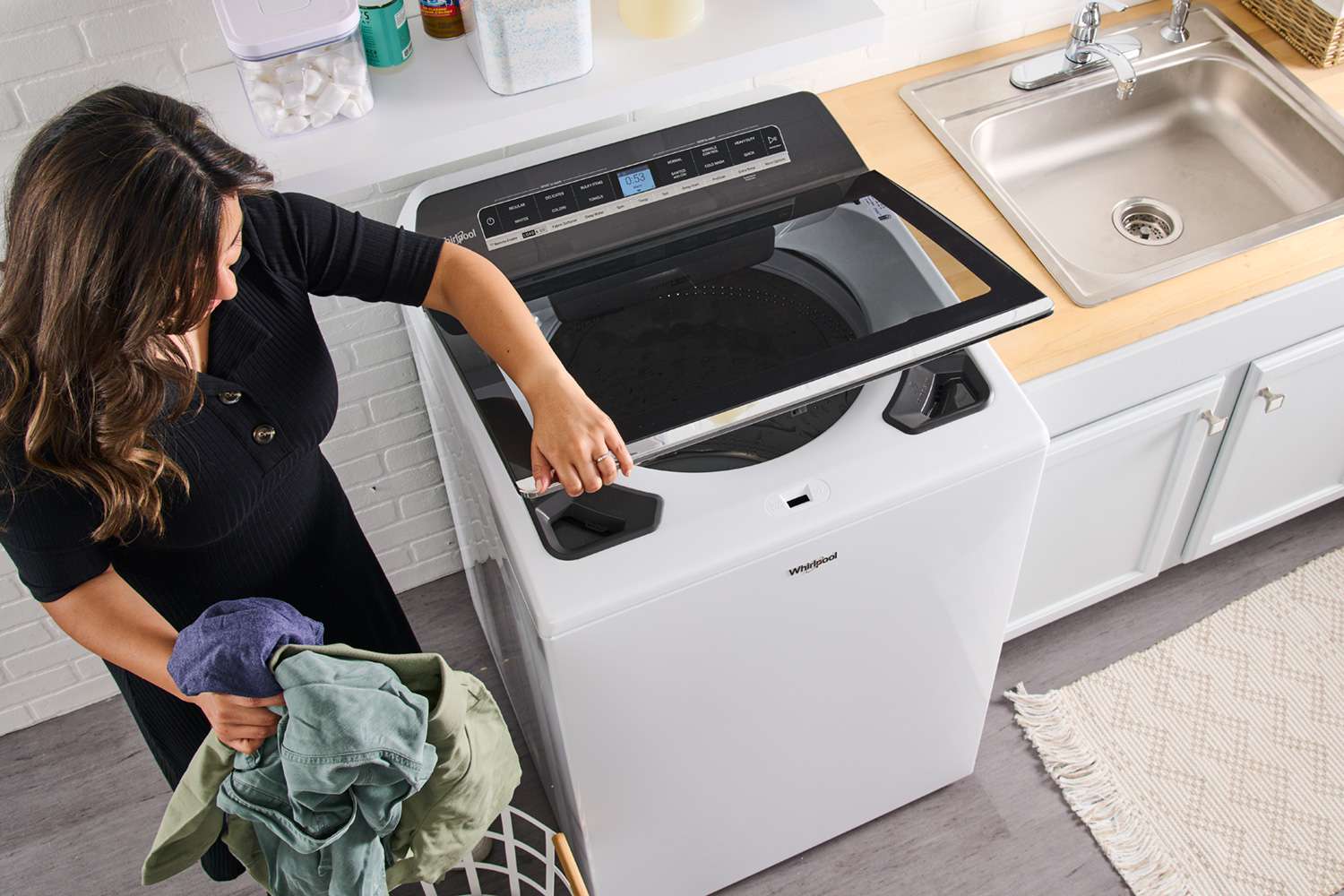
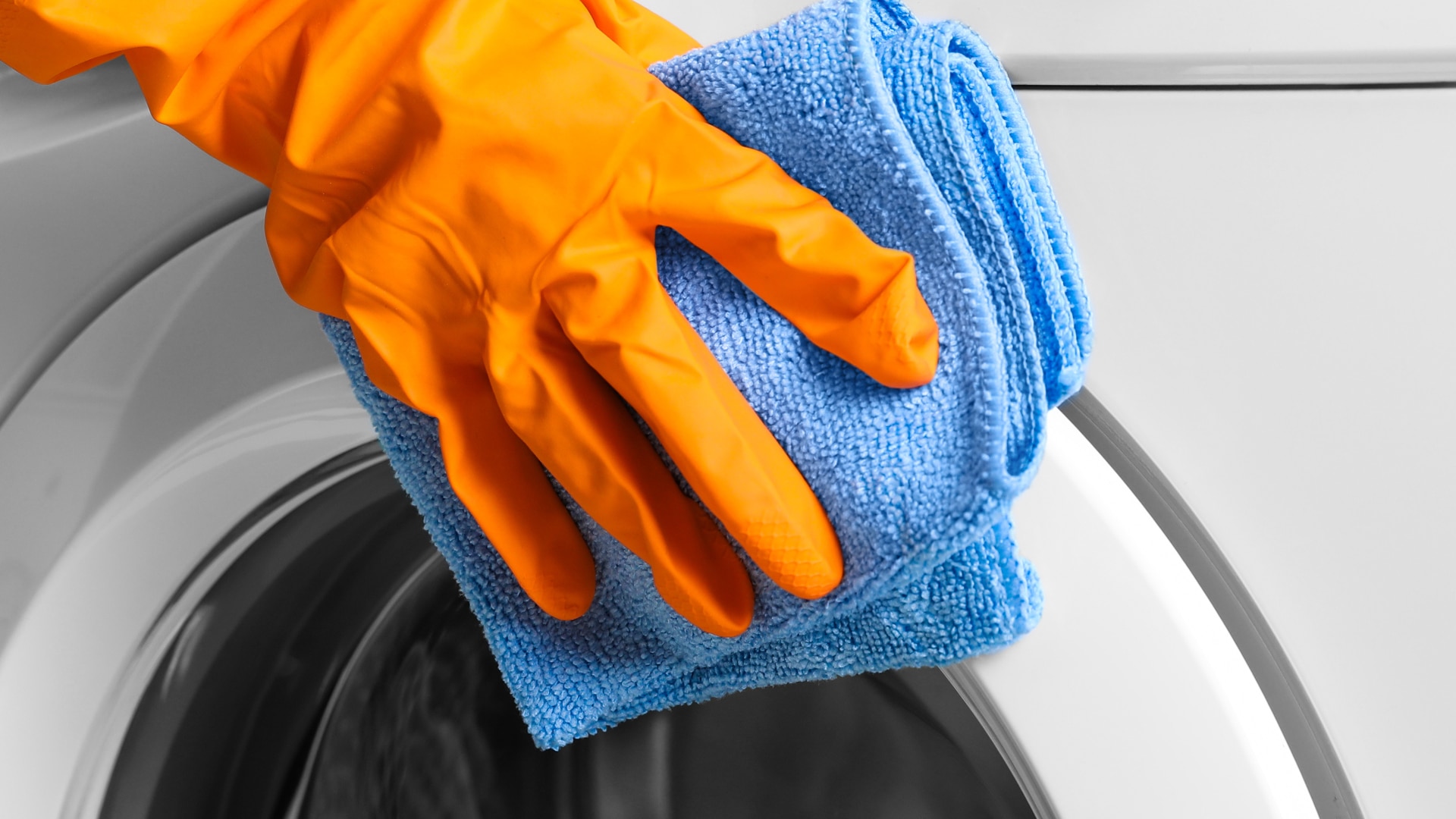
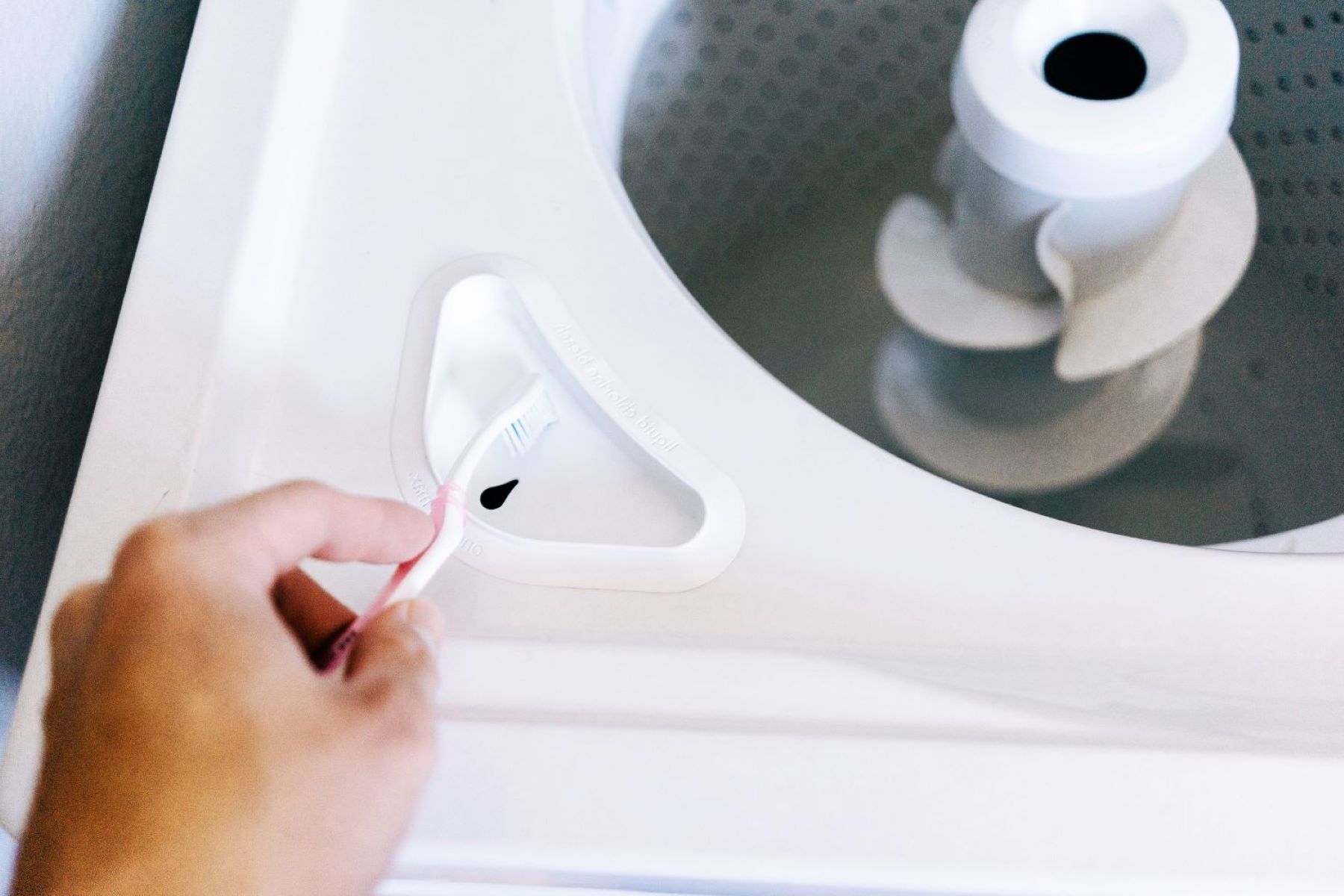

0 thoughts on “Which Is Better: Top Load Or Front Load Washing Machine”